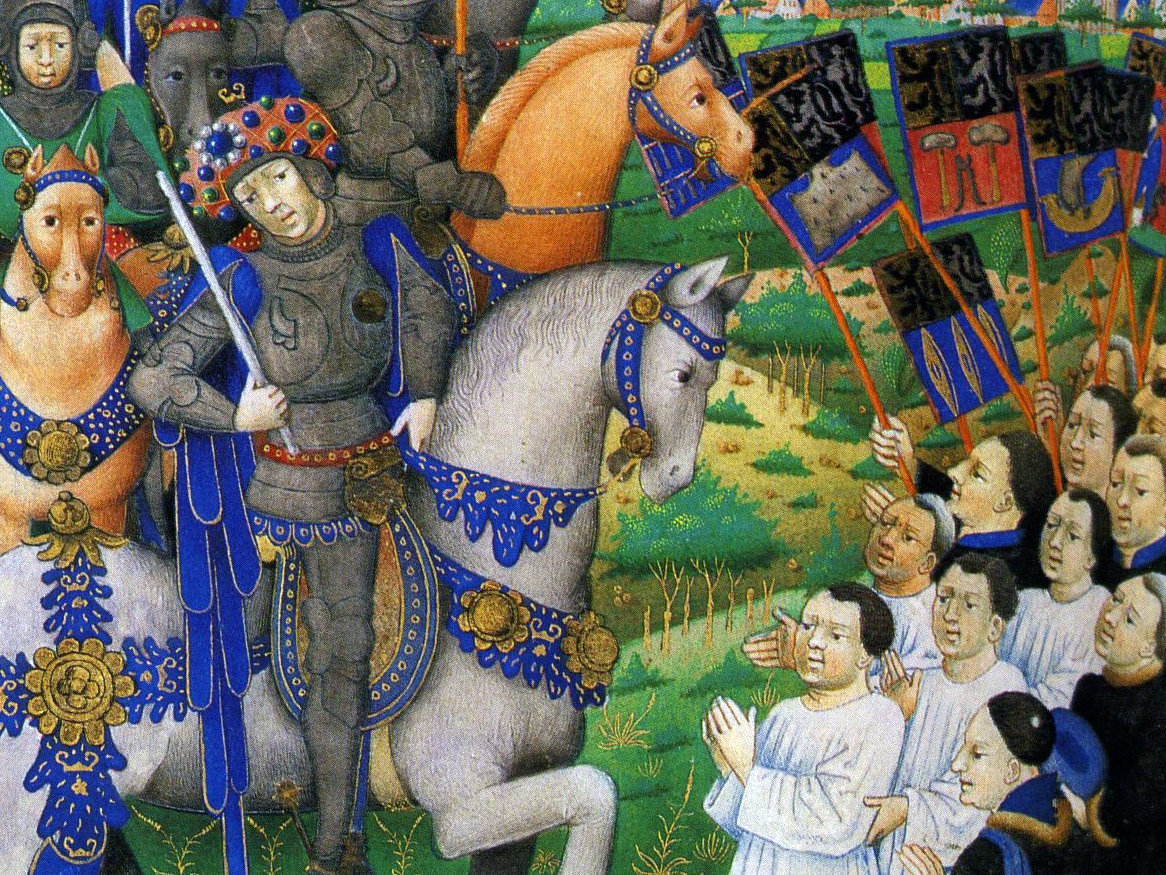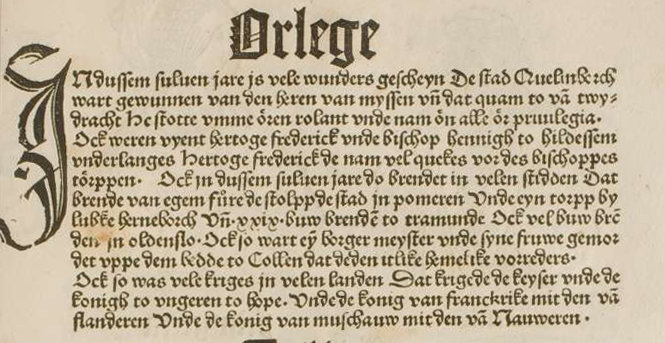 Censoring, Defacing, and Erasing Visual Matters in the European City (1300–1500)
Censoring, Defacing, and Erasing Visual Matters in the European City (1300–1500)
Marcus Meer
m.meer@ghil.ac.uk
The sentiment that visual matters – from statues and flags to dress and cartoons – ought to disappear because they are seen to harm individuals, groups, or even society as a whole due to what or whom they represent, is perennial. It is neither an innovation of ‘fallisms’ in the present, nor a niche obsession of religiously motivated iconoclasts of the past. A crucial but underexplored example of the emotional explosiveness of such practices and their role in socio-political dynamics are the cities of late medieval Europe. Lodged between the early medieval Byzantine iconomachy and the ‘stripping of the altars’ of the early modern reformations, the later Middle Ages has received comparatively scant attention from scholars of iconoclasm; while occasional attacks on the visual by Lollards, Hussites, and the followers of Savonarola have been explored alongside theological and theoretical discussions of iconoclasm, the social and political dimensions of opposition towards and action against the visual in this period have remained largely unexamined. This project’s comparative investigation of urban centres across north-western Europe, from England via the Low Countries to modern-day Germany, seeks to answer a range of questions about the significance of practices of censoring, defacing, and erasing visual matters in the communication of status and power.
1. What visual matters became the target of censorships, defacements, and erasures? To whom did they belong? Were they public or private in nature? And were they permanent or ephemeral features of the urban landscape?
2. What motivations lay behind opposition or action prompted by their presence? Were individuals or groups – from inside or outside the city – responsible? Was their hostility planned or spontaneous? Did they seek to express their disapproval of the persons, institutions, and ideas represented by visual matters? Was the visual held to disturb the urban peace by undermining the established or desired order, or by expressing presumptuous claims to territorial possession, for example?
3. How did contemporaries react to such restrictive or destructive practices? Was censorship enforced and accepted? Were defacements and destructions accompanied by replacements or countered by restorations? Were there ‘dialogues’ of attempted replacement/restoration and repeated defacement/destruction? Did these practices successfully facilitate (or avert) change?
4. Finally, were practices of censoring, defacing, and erasing visual matters part of a visual culture shared across social and geographical boundaries? In other words, were townsmen – from elite citizens to crowds labelled as plebs – as well-versed in these practices as their noble counterparts? Were there differences or similarities in terms of their choreography, severity, or frequency that speak to alleged ‘nationally’ different degrees of political centralization and urban (in)dependence, for instance?
Opposition towards and action against visual matters (from buildings, statues, and stained glass to clothes and badges etc.) is likely to emerge as a versatile means of communication, capable of supporting and challenging powerful individuals, political institutions, social hierarchies, and claims to urban spaces. Practices of censoring, defacing, and erasing the visual – perceived to evoke persons, structures, and claims deemed objectionable, or feared to undermine a cherished status quo – served townspeople (and their noble antagonists) as powerful weapons in the socio-political conflicts that divided urban societies in the later Middle Ages, just as in modern controversies about the presence and absence of visual matters.
Related publications
‘Reversed, Defaced, Replaced: Late Medieval London and the Heraldic Communication of Discontent and Protest’, Journal of Medieval History, 45/4 (2019), 618–45
![Fifteenth-century Kings‘ Screen in York Minster Fifteenth-century Kings‘ Screen in York Minster, made up of numerous statues of English kings, from William the Conqueror to Henry VI. By Peter K. Burian [CC BY-SA 4.0]](https://www.ghil.ac.uk/fileadmin/_processed_/2/d/csm_Einzelprojekt_Meer_York_21434321cd.jpg)
